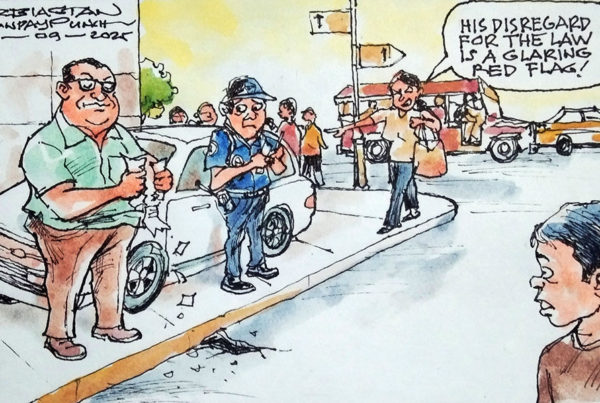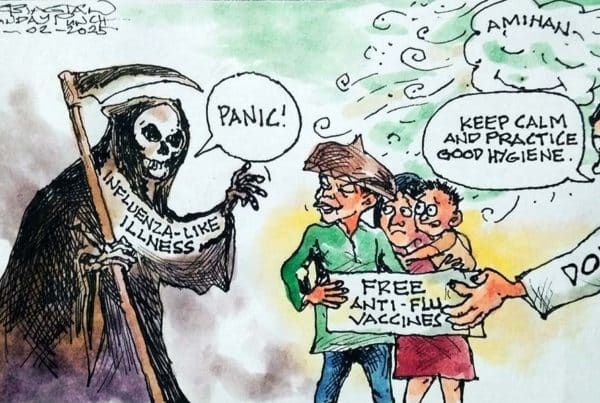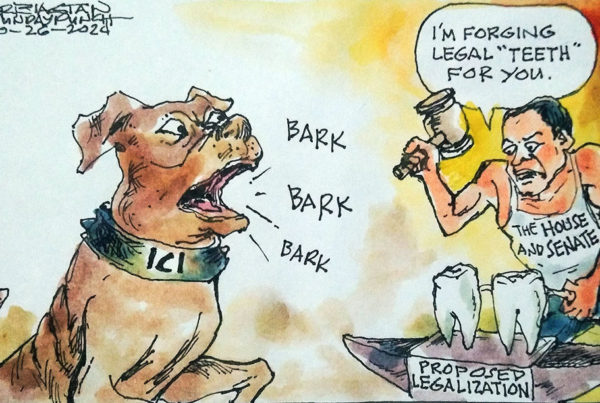Editorial
Truth and Justice
The 76-page Melo Report is chilling. It opens by stating an indubitable truth: “There is no shirking the fact that people, almost all of them activists or militants, have been killed. There is no denying the reality that militant citizens have been liquidated.”
Different groups present varying numbers. Task Force Usig of the Philippine National Police presents a conservative 111, Amnesty International cites 244, and the group Karapatan has tallied as many as 724. Whichever, the number, as the Melo report says, “is one too many.”
But what is even more disturbing was the initial refusal of the present administration to release the report, which is a result of Administrative Order No. 157 entitled “Creating an Independent Commission to Address Media and Activist Killings”, to the public. That refusal was bewildering because it was President Gloria Macapagal-Arroyo herself who created the Melo Commission, headed by Retired Supreme Court Associate Justice Jose Melo, because she was “alarmed”, to quote the report itself, and wanted “to get to the bottom of why these extrajudicial or extralegal killings are happening and who probably are responsible.”
Lingayen-Dagupan Archbishop Oscar Cruz, along with the many voices of the victims’ families, has lambasted the government for being responsible as well as turning a blind eye on what he termed as “exterminations” of those tagged as supposed enemies of the state – people who do not accede to the administration’s policies and governance.
It had to take a foreign voice – that of Professor Philip Alston, Special Rapporteur of the United Nations Human Rights Council on extrajudicial, summary or arbitrary executions – to press the President to finally make the Melo Report public.
And this, in summary, is what the report found out: “It appeared that the killings of media personnel are more or less attributable to reprisals for the victims’ expose’s or other media practices. In the media killings, local politicians, warlords, or big business interests are viewed as the parties responsible for the killings, while in agrarian reform related killings, it is suspected that landowners and those opposed to the implementation of land reform are behind the killings. On the other hand, the killings of activists were invariably laid at the doorstep of the military.”
The Melo Commission was not intended to prosecute nor litigate, it was formed mainly as a fact-finding body to get to the truth. It is but one step in the extensive trail to justice. Nonetheless, with the truth at hand, then there could be – there should be – justice.
Chief Justice Reynato S. Puno announced in mid-February that the Supreme Court will establish within a week’s time special courts that will handle cases involving the murder of members of the media and political killings.
Then just two Mondays ago, another name has been added to the list of victims: Hernani Pastolero, editor and publisher of the Sultan Kudarat-based community newsweekly Lightning Courier.
We already have a glimpse of the broad truth – on record in an official public document. But when will the killings end? When will real justice begin?










